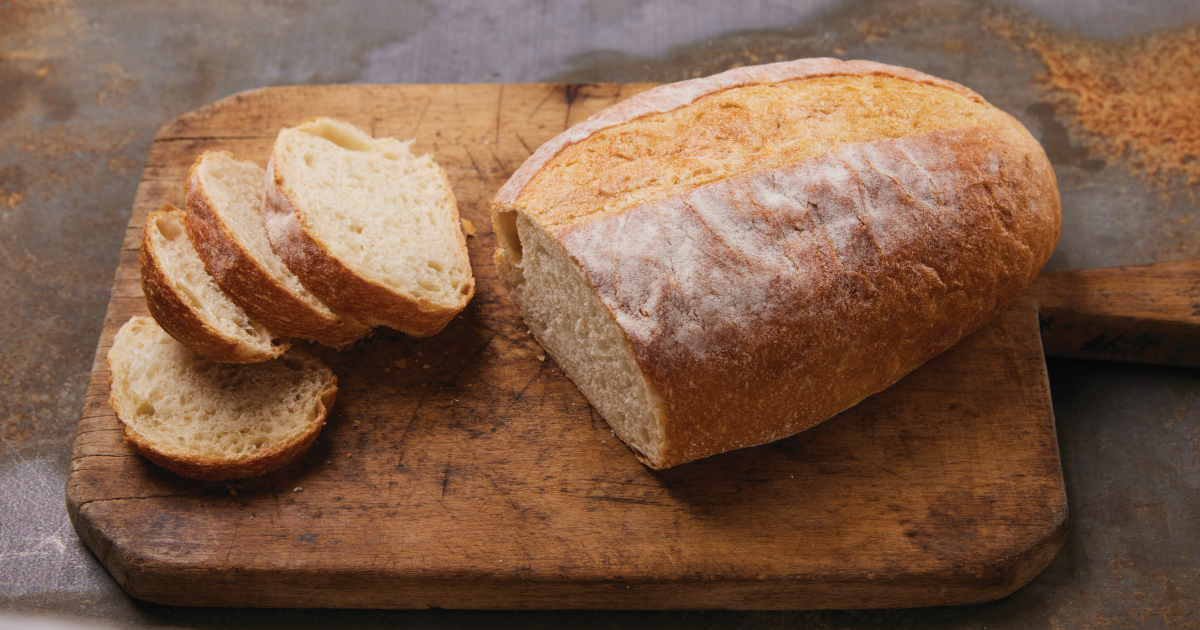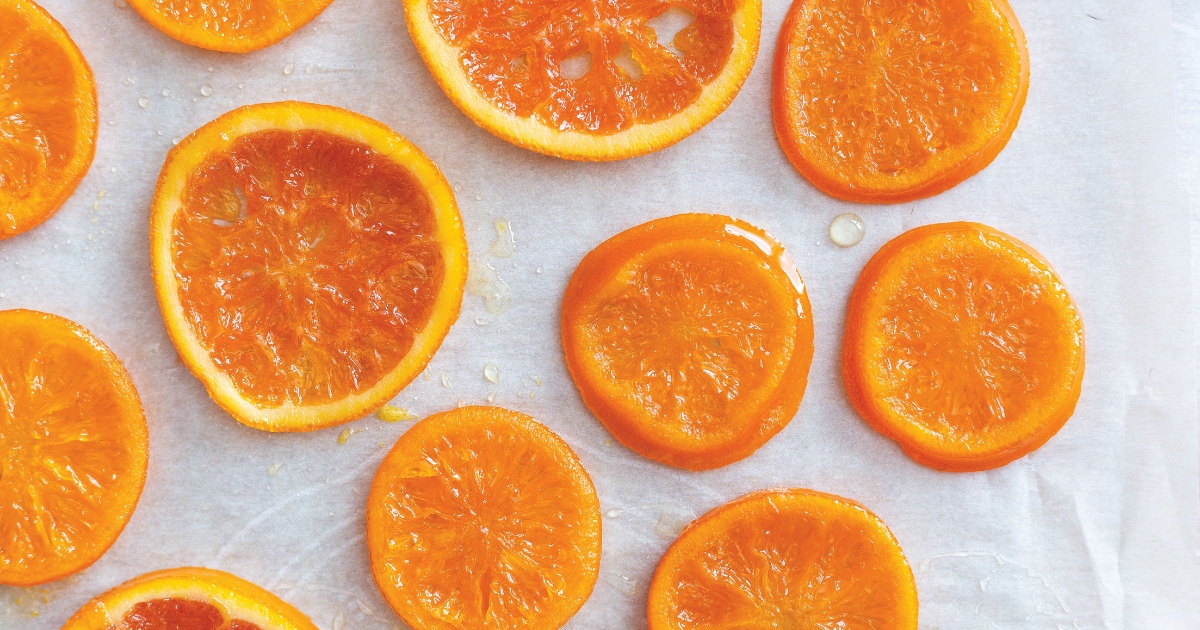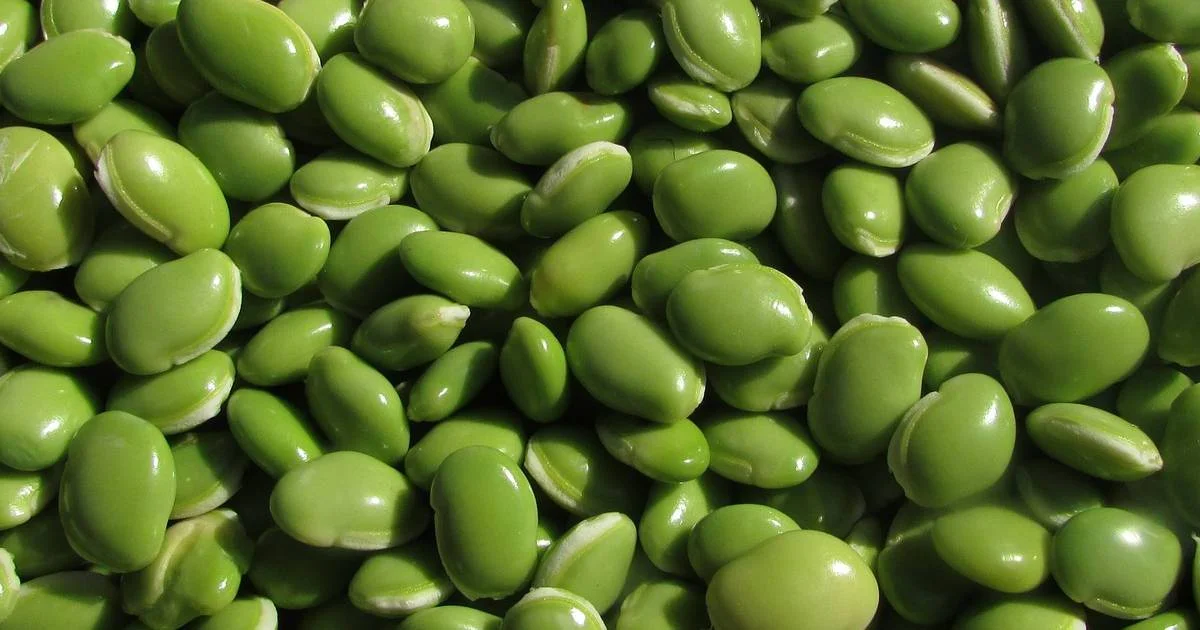Yeast is a key component in wine creation. It’s the organism that converts a grape’s sugar into alcohol, and sparkling wines—champagne, Prosecco, cava—often get a double dose of the lively stuff.
You might be wondering how the bubbles in sparkling drinks are created. In the case of commercial beers and soda pop, carbon dioxide gas is added to the bottled beverage. With wines, carbon dioxide is a byproduct of fermentation, and when it’s trapped, it results in those lovely bubbles. This is how yeast works to make breads rise too: It eats the sugars, makes gas, and creates lift and a bubbly interior crumb.
There are two commonly used methods for creating sparkling wine. The first is the Charmat method, or the tank method, which is widely used in the making of Italy’s popular Prosecco. With this process, the wine is put into big tanks, and then a mixture of yeast and sugar is added to cause a second fermentation and, since the tank is sealed, bubbles are created.
The second way is known as the traditional method. This is the way true champagne is made. The wine is bottled, and then a small amount of yeast and sugar are added, the bottle is sealed, and a second fermentation occurs inside the bottle, creating bubbles and a fair bit of pressure.
But bubbles are not the only thing that yeast brings to the party. With time—at least 12 months for non-vintage champagne, and a minimum of 3 years for vintage—the hungry microorganisms help produce a wine with complexity and all those sought-after yeasty notes.
Sparklers made with the tank method tend to be fresh and bright, focused on the flavour of the grape. Think of that green apple crispness you might have enjoyed in a chilled Prosecco. With the traditional method, the yeast-to-wine ratio is higher, so it has a greater influence on the wine’s final flavour.
Because cool-climate wine regions—Champagne, Loire Valley, northern Italy, Austria, Canada and, more recently, England—tend to grow grapes with great acidity, they are considered ideal for creating fresh and complex sparkling wines. Improving their techniques year after year, and incorporating what they learn from more experienced winemakers in other cool regions of the world, several Canadian wineries produce fine sparklers.
Here are five Canadian wineries that produce yeasty, toasty, bready delights.

Cave Spring Cellars, Blanc de Blancs Brut, Beamsville Bench, Ontario, Non-Vintage, $30
From one of the pioneering local wineries, which has been making wines since 1973, this is a traditional-method sparkling wine, made entirely from the Chardonnay grape. Aged sur lie for at least 36 months, the result is toasty, bready notes on the nose that are well balanced by a fresh apple richness, pear and lemon on the palate. It is a dry-style wine, refined and elegant with good mineral notes, which is definitely worth its price. cavespring.ca

Benjamin Bridge, Méthode Classique Rosé, Nova Scotia, Non-Vintage, $28
From pétillant naturel to méthode classico brut reserve, Benjamin Bridge offers a wide selection of outstanding sparkling wines, which made it hard to choose just one. The Nova Scotia winemakers really have discovered the magic of bubbles, and their wines express the uniqueness of their terroir. From all their sparkling wines I tried, I couldn’t stop sipping their Non Vintage Rosé. Its blush comes from brief contact with Pinot Noir grape skins, and the wine has the perfect balance between its wild strawberry, white cherry fruitiness and its elegant mineral notes. This is a blend of L’Acadie, Chardonnay and Pinot Noir. There is dosage added to this sparkler, which makes this wine perfectly fruity and enjoyable—very much a crowd-pleaser to enjoy at any time of the day. benjaminbridge.com

Two Sisters Vineyards, Blanc de Franc, Niagara River, Ontario, 2017, $62
Grapes are like people: We come in different skin colours, but we’re all the same inside. This sparkling wine is made from a red-skinned grape, Cabernet Franc, but since there was no skin contact with the juice, the wine doesn’t take on any colour—it’s “blanc.” Ontario’s terroir makes some great Cabernet Franc, and it’s great to see this grape used in sparkling wines. The wine is dry with toasty, yeasty, hazelnut notes, with refined small bubbles and an appealing creamy mousse. With delicious notes of citrus, red currants, cranberries, herbs and minerality on the palate, this wine has good complexity, development and richness, also thanks to the Cab Franc personality. twosistersvineyards.com

Kew Vineyards Estate Winery, Amalia, Beamsville, Ontario, 2015, $35
This wine is made from free-run Chardonnay grapes. No, it’s not the same as free-run chickens—the grapes weren’t free to roam the vineyard! The term refers to the free running of the juice as it’s released from the grapes once they are piled up and before they are pressed. It is considered to be the most prestigious juice, as it has the least contact with the skins, without any of the bitterness that can be released from the skins and pips (seeds) in pressing. It has a specialness you can taste. Fresh and elegant, this wine is toasty on the nose, with flavours of clementine, honeydew melon richness and subtle honey. It’s absolutely one of the better sparkling wines from Ontario. kewvineyards.com

Henry of Pelham Cuvée Catharine Brut, Niagara Peninsula, Ontario, Non-Vintage, $32.95
A blend of the traditional champagne grapes—Chardonnay and Pinot Noir, with around 80 percent Chardonnay—this is an iconic sparkling Canadian wine that just gets better year after year. Aging more than 30 months on its lees brings out its brioche, hazelnut and toasty almond notes, which are beautifully balanced by notes of pear, green apple, elegant acidity and floral notes. If you enjoy this wine, I recommend also trying their Rosé Cuvée Catharine.
henryofpelham.com
With over a decade of experience in some of Canada’s top dining rooms – Canoe, Luma, and Maple Leafs Sport & Entertainment – Rebecca, continues to hone and broaden her keen palate. Satisfying her thirst for wine knowledge is a never-ending quest, and that’s a good thing, as she’s frequently invited to wine regions around the world, to explore, taste and judge. Still, all roads lead her back home to Canada, one of her favourite wine regions. Along with partner, Chef Eyal Liebman, Rebecca is co-owner of Chef & Somm, Toronto’s only bespoke private dining and sommelier service.













